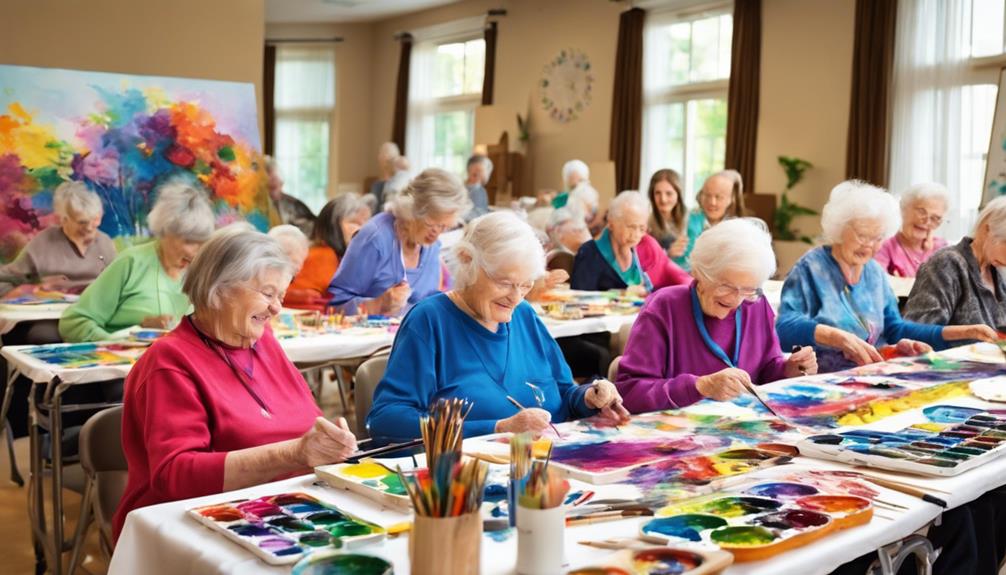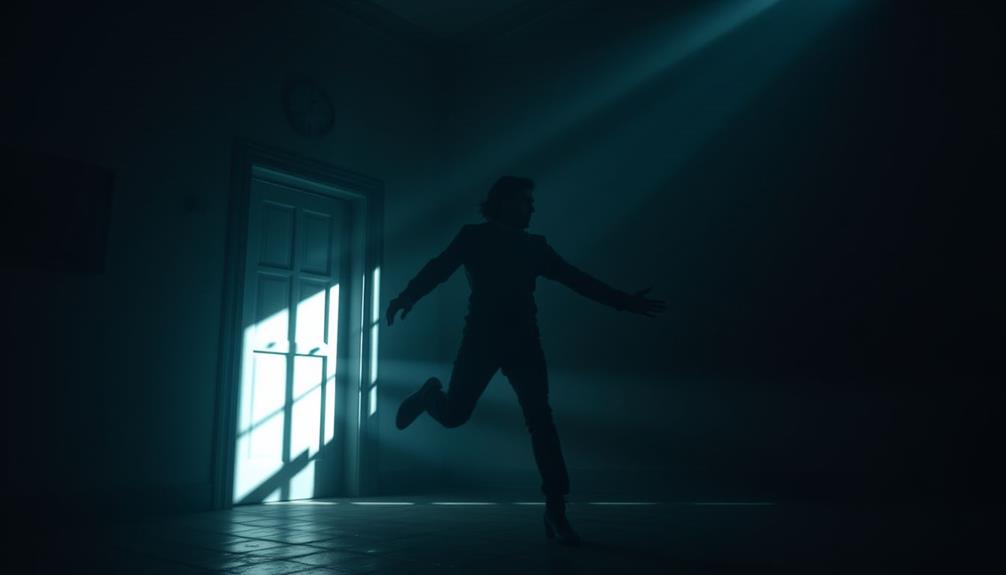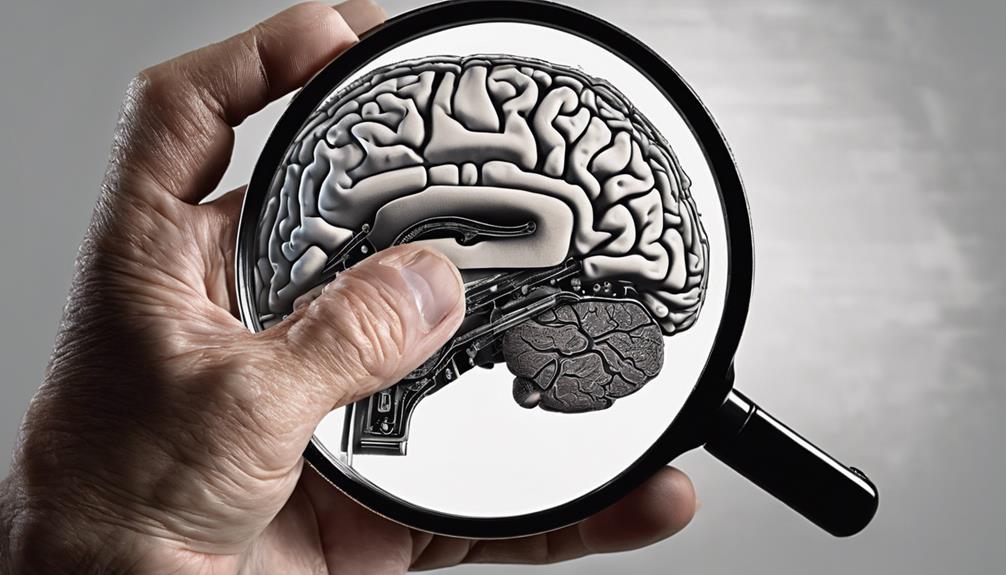When one nears death, hospice helps us identify important indicators such as physical changes, variations in skin, and shifts in breathing patterns. Noticeable changes in the knees, feet, and hands, as well as cool skin and shallow breathing, can signal the approaching end of life. Caregivers can help manage any discomfort and provide support during this time. An increased need for sleep in hospice underscores the importance of rest and comfort, requiring loved ones to offer necessary care. Address restlessness by creating a calming environment to ease agitation. Skin changes indicate declining function and the risk of developing pressure wounds, which may require pain management. Understanding these signs can help navigate this delicate period with awareness and assistance.
Key Takeaways
- Physical changes in knees, feet, and hands indicate approaching death.
- Cheyne-Stokes breathing pattern is a sign of nearing death.
- Increased need for sleep is common in hospice care.
- Restlessness may signify the body's readiness for the end of life.
- Skin alterations reflect changes in blood flow and metabolism in hospice care.
Signs of Approaching Death
As we approach the discussion on the signs of impending death, it's important to recognize the physical changes that manifest on specific body parts. In the final stages of life, a person receiving Hospice care may experience notable alterations in their knees, feet, and hands. These physical changes can serve as significant indicators that the person is dying.
It's essential for family members and caregivers to be aware of these signs to provide comfort and support during this emotional and spiritual time. Observing any skin changes on these body parts, such as discoloration or coolness, could signify the approaching end of life. Additionally, the development of pressure wounds, especially on bony areas, may also suggest that death is near.
Being attentive to these physical signs is crucial in ensuring that the person at the end of life receives the best possible care and support from their loved ones and healthcare providers.
Changes in Breathing
Moving from the physical changes observed in body parts like the knees, feet, and hands, we now shift our focus to the significant indicators presented by changes in breathing as death approaches. As someone nears the end of life, you may notice alterations in their breathing patterns. Rapid breaths or shallow breaths are common signs that death may be approaching.
One pattern to watch for is Cheyne-Stokes breathing, where the individual experiences a cycle of deep breaths followed by shallow ones. It's crucial to know that medications can help manage excessive secretions that may affect breathing during this time. Caregivers can offer guidance on how to effectively handle these changes.
Additionally, noisy breaths or coughing could also signal that death is near. By being aware of these signs and symptoms, you can provide the necessary support and care to your loved one during this challenging time.
Increased Need for Sleep
Patients nearing the end of life often experience a heightened need for sleep in hospice care. As time approaches for their journey's end, individuals may find themselves spending more time in slumber. This increased need for sleep can manifest as drowsiness and drifting in and out of consciousness.
Despite this heightened need for rest, caregivers play an essential role during this period, offering comfort and support while acknowledging the patient's requirement for additional sleep. Understanding and recognizing the significance of this heightened need for sleep can help caregivers provide the best possible care during this sensitive time.
Restlessness Before Death
Restlessness nearing death commonly indicates the body's readiness for the end of life. This restlessness can present as fidgeting, agitation, or an inability to find comfort. It may stem from physical discomfort, emotional distress, or changes in the brain.
To help ease this restlessness, it's important to create a calming and soothing environment. By understanding and addressing the root causes of restlessness, we can enhance the quality of life for individuals in their final stages.
Providing a peaceful setting can make a significant difference in preparing for death. Offering a soothing environment, free from unnecessary stimuli, can help alleviate restlessness and promote a sense of tranquility. It's essential to approach this with compassion and patience, recognizing that each individual's experience is unique.
Skin Alterations in Hospice Care
In observing hospice care recipients, one notices significant skin alterations reflecting changes in blood flow and metabolism. These alterations may manifest as skin changes, color changes, texture changes, and variations in moisture levels.
Due to reduced blood flow, hospice patients are at risk of developing pressure wounds, especially on bony areas, from prolonged immobility and decreased skin integrity. Skin organ function decline can also affect temperature regulation, leading to coolness in extremities.
Effective pain management for wounds in hospice care involves a multidisciplinary approach that includes medications, wound care specialists, and healthcare providers. It's vital for healthcare providers to offer guidance in evaluating and managing these skin changes to guarantee the comfort and quality of life for hospice patients.
Collaborating with a wound care specialist can help in addressing specific skin issues and providing the necessary care to maintain skin health in hospice care recipients.
Frequently Asked Questions
How Can Hospice Tell When Death Is Near?
We notice death approaching in hospice by observing physical changes like skin color, breathing patterns, and consciousness. Our team tracks sleep, appetite, and emotional signs. We use our expertise to recognize indicators such as confusion, cool extremities, and restlessness.
Which Sign Suggests That a Patient Is Nearing the End Stage of Life?
When we notice a patient giving away belongings and making funeral plans, it's a clear indicator that they're nearing the end stage of life. These actions can signal that the patient is preparing for their final journey.
How Do You Know When a Person Is Transitioning and Actively Dying?
We can identify a person moving towards the end of life and actively dying through changes in sleep patterns, decreased appetite, restlessness, confusion, skin changes, and communication challenges. It's essential to provide comfort and reassurance during this sensitive time. As the body prepares for the final stages, breathing patterns may become irregular, often described as Cheyne-Stokes breathing, where periods of deep breaths are followed by pauses. This endoflife breathing duration can vary from person to person, but it’s important to remain present and calm, offering both emotional and physical comfort. Providing a soothing environment can help create a sense of peace for both the individual and their loved ones.
What Is One of the Signs of Impending Death or Active Dying That You Have Noticed?
We've noticed a surge of energy before someone passes away, a decrease in blood pressure, irregular breathing patterns, cold extremities, and gasping breaths in the final moments. These signs help us recognize impending death.
Conclusion
As we observe the signs of approaching death in hospice care, it's important to recognize the changes in breathing, increased need for sleep, restlessness before death, and skin alterations. These indicators help us understand when a loved one is nearing the end of their journey.
Remember, just as the seasons change, so too does life. Embrace these signs with compassion and understanding, knowing that they guide us towards acceptance and peace.









